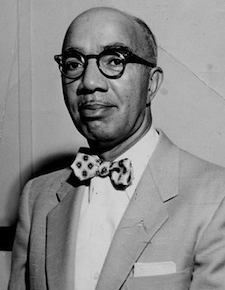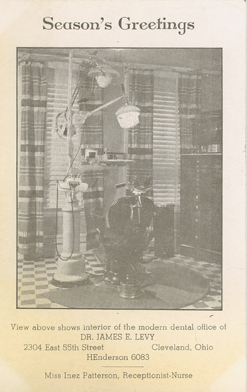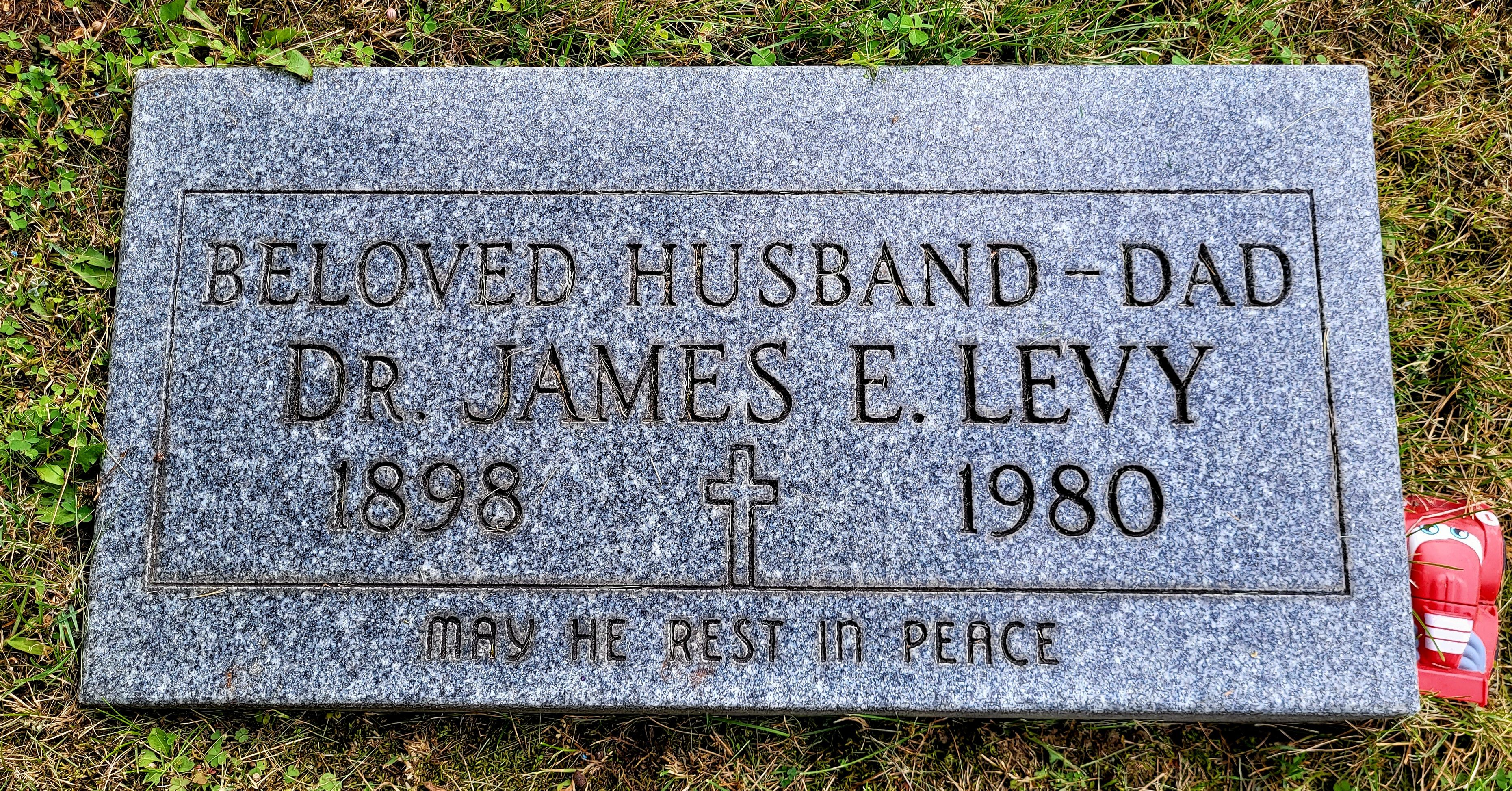The DDS degree is the one awarded by the majority of dental schools in the United States. The Baltimore College of Dental Surgery was established in 1840 and was THE FIRST DENTAL SCHOOL IN THE WORLD and thus the first to grant the DDS degree. The DMD degree was first used in 1867 when Harvard established the first university affiliated dental school. The reason this degree is DMD rather than DDM is that it stands for the Latin "Dentariae Medicinae Doctor."
He served as president of the National Association for the Advancement of Colored People (NAACP) for the state of Ohio in the 1950s and early 60s – a critical time when many of the greatest breakthroughs in equality were accomplished.
The NAACP expanded during World War II. Many new chapters were formed and overall membership grew. The organization pushed for an end to discrimination at home even as African Americans still served in segregated military units. The NAACP's growth during the war gave it momentum in the struggle for civil rights in the 1950s and 1960s. The organization won an important decision in Brown v. the Board of Education, Topeka, Kansas (1954). The Supreme Court of the United States declared segregation of public schools to be unconstitutional. Working with other civil rights groups, including the Congress on Racial Equality, the NAACP pushed for passage of the Civil Rights Act of 1964, the Voting Rights Act of 1965, and other types of similar legislation.
The NAACP was very active in Ohio from the organization's early beginnings. The Cleveland chapter became the sixth largest in the country by the end of World War II. Ohio NAACP chapters supported the national organization's attempts to obtain passage of a federal anti-lynching law and to end segregation in Ohio. Many women were involved in the Ohio chapters of the NAACP and often served in positions of leadership. In the 1960s, the NAACP in Ohio continued to seek the desegregation of the public schools in the major cities of the state.
The DDS degree is the one awarded by the majority of dental schools in the United States. The Baltimore College of Dental Surgery was established in 1840 and was THE FIRST DENTAL SCHOOL IN THE WORLD and thus the first to grant the DDS degree. The DMD degree was first used in 1867 when Harvard established the first university affiliated dental school. The reason this degree is DMD rather than DDM is that it stands for the Latin "Dentariae Medicinae Doctor."
He served as president of the National Association for the Advancement of Colored People (NAACP) for the state of Ohio in the 1950s and early 60s – a critical time when many of the greatest breakthroughs in equality were accomplished.
The NAACP expanded during World War II. Many new chapters were formed and overall membership grew. The organization pushed for an end to discrimination at home even as African Americans still served in segregated military units. The NAACP's growth during the war gave it momentum in the struggle for civil rights in the 1950s and 1960s. The organization won an important decision in Brown v. the Board of Education, Topeka, Kansas (1954). The Supreme Court of the United States declared segregation of public schools to be unconstitutional. Working with other civil rights groups, including the Congress on Racial Equality, the NAACP pushed for passage of the Civil Rights Act of 1964, the Voting Rights Act of 1965, and other types of similar legislation.
The NAACP was very active in Ohio from the organization's early beginnings. The Cleveland chapter became the sixth largest in the country by the end of World War II. Ohio NAACP chapters supported the national organization's attempts to obtain passage of a federal anti-lynching law and to end segregation in Ohio. Many women were involved in the Ohio chapters of the NAACP and often served in positions of leadership. In the 1960s, the NAACP in Ohio continued to seek the desegregation of the public schools in the major cities of the state.







